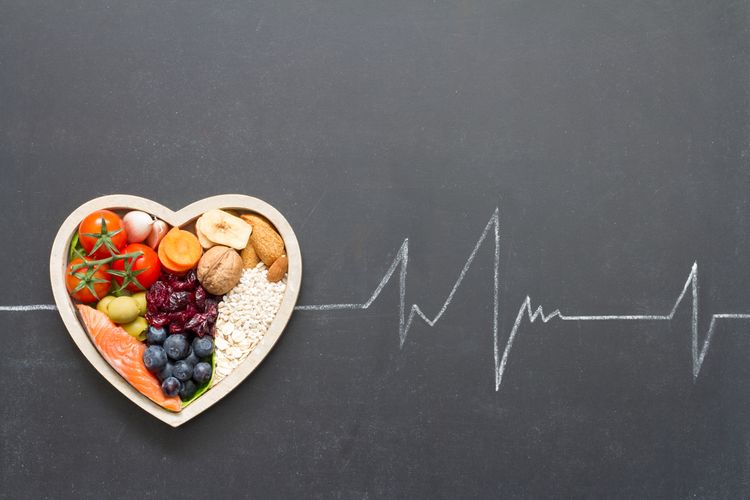Kompas.com – Over the years, cholesterol is often considered a bad fat that has become the main enemy for heart health.
However, is it true that cholesterol is the main threat to health? And how do you find out if your cholesterol level is too high?
Cholesterol is a fatty substance that is very important for almost every cell in the body. Without cholesterol, the body cannot function properly.
Most cholesterol is produced by the body and is used to make hormones such as estrogen and testosterone, as well as for the production of vitamin D. Cholesterol also plays a role in the digestion of fat from the food we consume.
Also read: 10 Benefits of Apple Vinegar for Health, Can Lower Cholesterol
However, too much cholesterol certain types can increase the risk of atherosclerosis, namely hardening of the blood vessels. This condition increases the risk of heart attack and stroke.
In the past, total cholesterol was considered as the main cause of health problems, but recent research shows that the type of cholesterol called ‘low-density lipoprotein‘(LDL) is the main cause.
Signs and symptoms of high cholesterol
High cholesterol often does not show clear symptoms, but if left unchecked, can cause serious complications such as heart attacks and strokes.
Lifestyle factors such as obesity, lack of physical activity, smoking, excessive alcohol consumption, lack of sleep, and high stress can also increase the risk of high cholesterol.
A high-saturated fat diet, ultra-process foods, processed carbohydrates, and processed meat can also be the cause.
In addition to lifestyle factors, family history can also be an indicator of high cholesterol risk, especially if there are genetic conditions such as Familial hypercholesterolemia.
This is a disorder that is revealed through the family. This condition causes LDL cholesterol levels to become very high. This condition starts from birth and can cause a heart attack at an early age.
5 Signs of High Cholesterol
The following are 5 signs of high cholesterol in the body:
- Cholesterol deposits in the skin or eyelids – appear as yellow plaque around the eyes.
- Lumps or yellow spots on the skin – called xanthoma, often appear in the hands, feet, or elbows.
- Semicircular whitish ring in the cornea of the eye (Corneal Arcus) – General in older people, but can also appear in those who have high cholesterol levels.
- Swelling tendons (tendon xanthomata) or lumps around the joints such as finger books-caused by cholesterol buildup.
- Erectile dysfunction – High cholesterol can inhibit blood flow to vital organs, including the penis.
When to do a cholesterol test?
Cholesterol is measured through blood tests. If you are over 40 years old, have excess weight, have a heart condition such as high blood pressure, diabetes, or have a family history of high cholesterol, you should do routine cholesterol tests.
 Cholesterol illustration. Is durian fruit safe to eat high cholesterol sufferers?
Cholesterol illustration. Is durian fruit safe to eat high cholesterol sufferers?If you are between 40 to 74 years old and do not have an existing health condition, you might be invited to undergo a medical examination by a doctor.
This examination is usually carried out every five years and includes cholesterol tests and other health checks.






